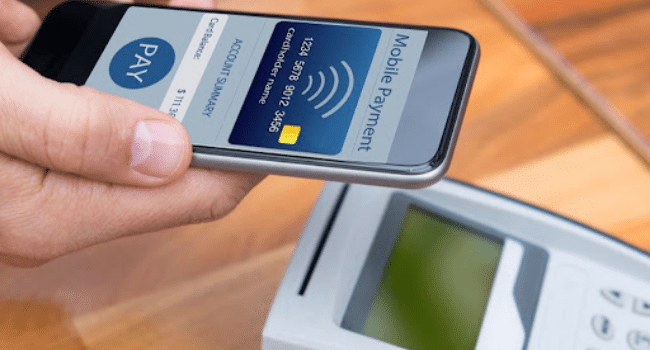Table of Contents
Mobile payments are becoming a popular method of accepting payments in person because they’re safe, swift, quick, and convenient. The global mobile payment volume will rise to 6 trillion dollars by 2024.
As the expansion of Apple Pay and pay by phone casino isn’t slowing, adjusting for mobile payments is extremely beneficial to your company. This guide will walk you through all you need to learn about mobile payments, from cashless mobile transfers to the best way it is possible to make mobile payments.
What is a mobile payment?
Mobile payments are any transaction that takes place via a mobile device. This includes mobile money transfers as well as digital wallets. You can use mobile payment technology to pay for peer-to-peer transactions and purchase goods and services.
Instead of paying for your purchases using cash or credit cards, the mobile payment option allows you to make payments completely through your mobile phone.
Certain mobile payments make use of third-party applications such as Venmo and PayPal, and others that utilize a digital wallet that is stored within your smartphone. Using a mobile wallet app lets you save your bank account details directly on your phone.
To calculate PayPal fees in the UK, you need to consider the standard transaction fee structure PayPal uses.
You can use an online PayPal fee calculator specific to the UK for more accurate and varied scenarios. Tools like PayPal fee calculator UK by PPCurrencyConverter.com can help you quickly determine the fees based on the transaction amount and type.
What is the process for phone payments?
What’s the best way to make mobile payments function? This is contingent on the type of payment that you’re making. Peer-to-peer transactions involve paying people directly from your bank account by using an app from a third party for your smartphone.
These transactions function because of technology that is embedded in banking apps. Your recipient must be running the same app on his device. What are the implications of mobile payments and transactions in a shop?
They work by combining special hardware as well as Mobile wallets. To start, you’ll have to install an app for mobile wallets like Google Pay or Apple Pay. Shops also have to set up the proper payment processor to accept payment via contactless.
The buyer holds their mobile phone towards the contactless terminal. This allows both devices to communicate using a specific radiofrequency. They transmit encrypted payment data to finish the purchase. The money will leave your wallet and be transferred to the business’s points of sale systems.
How do you set up your mobile-to-mobile payments?
If you’re interested in making mobile payments and transactions in general, several options are to consider. One option is to download an app such as paypal, which lets you transfer funds to another account with your mobile.
Small-scale businesses that want to accept mobile payment require a POS system by the contactless (NFC) technology. Many providers can find contactless readers, such as Shopify POS and Square. Another advantage is connecting these POS systems to your existing inventory and sales software to facilitate smoother transactions across the board.
Conclusion
Mobile payments have transformed how businesses think about payment processing. On the one hand, we’re moving towards more secure and authentic methods to make payments.
In addition, we’re moving towards quicker, more convenient methods to pay. Companies like Starbucks, along with CVS, are among the companies that have come up with applications that let you save payment information and your preferred items, which means you can refill a prescription or purchase your favorite coffee at the touch of one button.
Read more on KulFiy
Easy Accounting Anywhere via free invoice app for iPhone & Android
